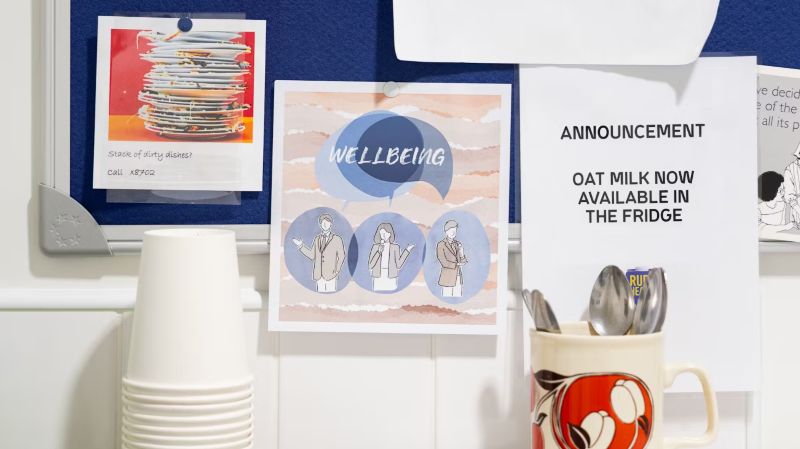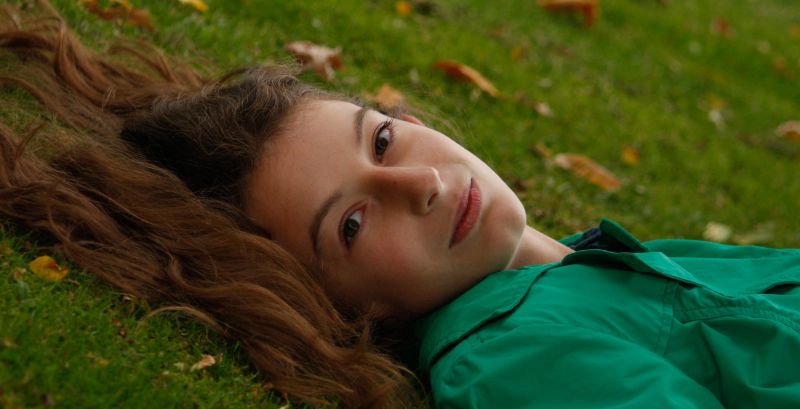
We are in what seems to be a time of unprecedented stress, which has produced a crisis in our psychological health and wellbeing. In response, we are encouraged to fix ourselves by accessing synthetic simulations of nature. Samantha Walton explores why these commodified ‘cures’ don’t work, and how the living world can actually help us.

By Samantha Walton
Non-fiction writer and poet
Bath Spa University

Steven Pocock
Photographer
Introduction
In July 2021, a £6 million scaffold was erected at the west end of Oxford Street, London. Sheathed in yellowing turf and speckled with listless, drooping plants, the Marble Arch Mound invited Londoners to “connect with nature” in the heart of the city.
Situated next to the free expanse of Hyde Park and with a £4.50–£8 entry fee (which, following criticism, was swiftly dropped), it was hard to work out exactly who the mound was designed to entice. In practice, it turned out that the market for a clumsy nature ‘experience’ was embarrassingly small.
More visitors came to laugh atop its 25-metre platform than to experience an encounter with the sublime or the kind of Romantic transcendence associated with Caspar David Friedrich’s 1818 painting ‘Wanderer Above the Sea of Fog’. In January 2022, it was dismantled.
As depressing as the mound project was, I found it fascinating. It is a perfect crystallisation of the nature and wellbeing industry, and the ways people are encouraged to “connect with nature” in Britain today.

‘Wildflower Meadow’, Leybourne Lakes Country Park, Snodland, Medway, Kent.
There’s the superficial simulation of ‘nature’. Providing scant habitat for wildlife, the mound offered a flat, green, highly tamed aesthetic, where vegetation was forbidden from setting down roots or establishing an ecosystem. Then there’s the shallow understanding of ‘wellbeing’ – as if wellness is a state we can reach by buying an experience like a simple commodity.
Underpinning all this is the financial bottom line: that improving nature access in cities is not important in and of itself, but must benefit business and the economy. The mound was erected at the end of Europe’s busiest shopping street with the express intention of drawing crowds back to pre-pandemic levels after the second summer of Covid restrictions.
If I had to come up with a metaphor for commodified “healing nature”, I’d choose something as garish as the blocky, threadbare hulk of the Marble Arch Mound.
The Politics of Ecotherapies
As a cultural scholar, I’m interested in how ancient ideas of “healing nature”, inherited from the Classical pastoral and early modern medicine, have been updated and reshaped in a hyper-modern world. I’ve spent the last few years exploring the history and the politics of the so-called ‘nature cure’.

‘Log Pile’, Leybourne Lakes Country Park, Snodland, Medway, Kent.
During this time, the idea that nature might be good for our mental health has infiltrated all aspects of British public life. Schools take classrooms outdoors. GPs are given more latitude with natural prescriptions, encouraging patients to attend wellbeing groups in forests and farms. Employers tell their staff to go outside and recover from the stress of work (work that doesn’t become any less stressful in the meantime).
There is plenty of evidence to back up these interventions, from the Ecominds project led by the University of Essex, which explored the effectiveness of green ‘ecotherapies’ for the treatment of mental ill health and poor wellbeing, to peer-reviewed research confirming that blood cortisol levels and activity in the parasympathetic nervous system can be improved by time in nature.
In my book, ‘Everybody Needs Beauty: In Search of the Nature Cure’, I wrote about these studies and others, which suggest that outdoor therapies, like gardening or walking, can complement or even replace other forms of mental health support like drugs or counselling.
What interests me is not whether this research is ‘right’ or ‘wrong’ (indeed, a lot of it seems to be extremely helpful), but why interest in ’nature cures’ has been growing so steadily in an era of such stark and entangled social inequality and planetary unwellness.

‘Horrid Hill’, Riverside Country Park, Gillingham, Medway, Kent.
At the same time as interest in nature cures has been on the rise in the UK, austerity cuts to health services and councils, and worsening levels of unemployment, inequality and poverty (all key determinants of mental illness) have contributed to a crisis of psychological health and wellbeing. Why are we encouraged to fix ourselves, to self-medicate, in a society where many of the reasons people get sick are obvious for all to see?
Selling Nature and Wellbeing
These questions matter, because if we don’t take the causes of human and ecological unwellness seriously, ‘nature cures’ end up looking a lot like the Marble Arch Mound: a shallow distraction from troubled reality and of no lasting benefit to people or nature.
At the most privileged end of the spectrum, you see hollow simulations of “bright-green nature” substituted for more sensorially rich or intimate encounters with life, like the VR wellness immersion suites being pioneered in Silicon Valley offices to mitigate corporate stress.
Or you see it in prim advice given to anxious young people to exercise self-care by connecting with nature, when the causes of their angst are likely to be precarious employment and extortionate and insecure housing (a trauma that only worsened during the 2020 and 2021 lockdowns).

‘Medway Towns Relief Map’, Great Lines Heritage Park, Gillingham, Medway, Kent.
Even a ‘classic’ nature cure like forest bathing, which originated in Japan, can be accused of treating the symptoms of a problem rather than addressing the root causes. Developed by the Japanese Ministry of Forestry and Agriculture in the 1980s, spending time being mindful and quiet in the forest was originally conceived as a response to a fatal corporate culture of overwork.
Shinrin-yoku has since become a global phenomenon, with devotees spanning worlds of science, philosophy and conservation. At its root, though, it is a sticking plaster, not a force for change. Transforming toxic social relations that drive people to despair is not a task that can be delegated to nature.
I criticise these kinds of ‘nature cures’ – the commodified, the depoliticised, the insipid – because I don’t believe they’ll solve anyone’s problems. Truly transformative relationships with the living world, in all its strangeness and complexity, are possible, and available.
Self-Medicating on Nature
Like many people who experience less than perfect mental health, I informally self-medicate on nature. I swim in cold water. I walk in the rain and the wind and the fog.

‘A Marine Conservation Zone’, Riverside Country Park, Gillingham, Medway, Kent.
Behind my laptop screen as I write this, there is a window, and out of that window I can see the white, quietly swaying form of a winter birch. Blue tits and bullfinches hop between its branches, as kitsch and ornate as Fabergé eggs. Snow has just started falling, and the wind draws it upwards and towards the glass like a cloud of white moths.
In the distance, the evening sun has broken through and hits a line of black pines, turning them pale rose-gold in a wash that slowly ebbs as the world turns. When I go outside into all this frozen, quivering life, I walk around in a state of drugged limerence, like a stunned teenager with a crush on the Earth.
Scientific studies tell a story about what’s happening to our minds and bodies in these moments. Government economists crunch the numbers and decide that the more we accrue these experiences, the less trouble we will make for the health service, and the more productive we will be at our work.
None of them know what is being released in us when we “step away” from one version of the world and “into” the world as it has been there all along – what other ways of living are made possible in these acts of other-than-human intimacy and pleasure.
Originally published by Wellcome Collection, 06.01.2022, under the terms of Creative Commons Attribution 4.0 International license.






